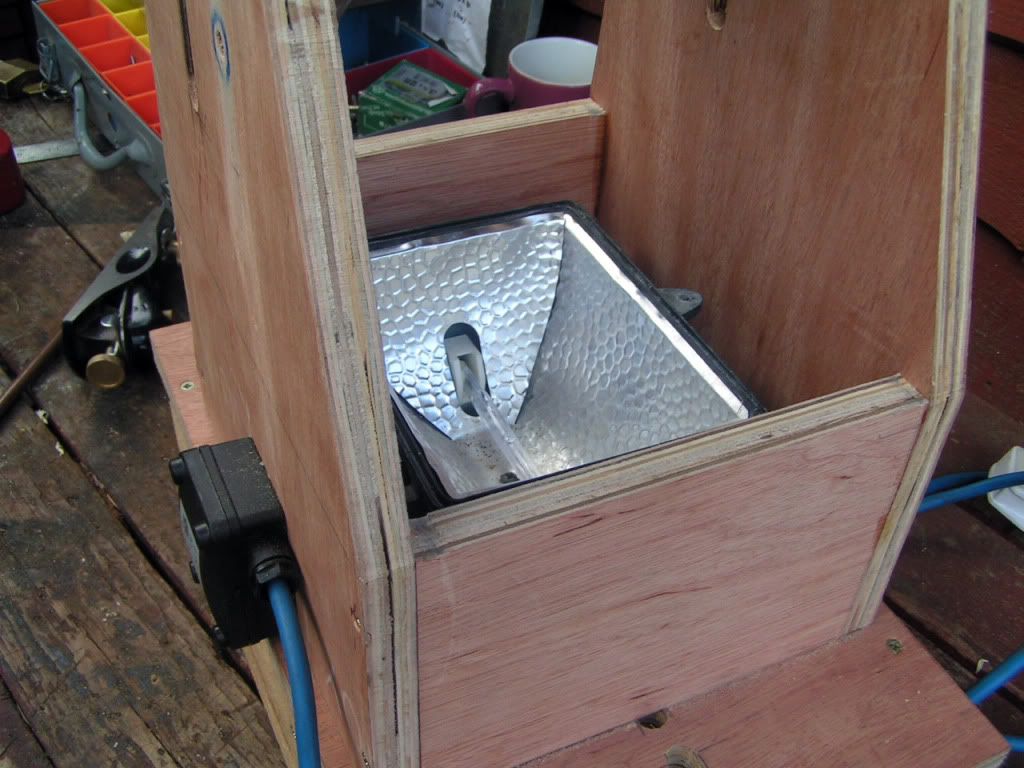Vespa Bob
Well-known member
After rather hectic Christmas and New Year holidays, during which time my sons and their families visited, things have quieted down and I'm excited to start my new project. I'm excited because it has been requested by one of my sons, who, after close examination of my ukuleles, asked if I would build him one. Who could refuse, even if he's not a player?
I decided that I would go for the traditional ukulele shape, rather than my customary pineapple designs. Another decision was to build a side bending jig, rather than use my bending iron. I'm not great at bending, which is why I prefer the pineapple shape, so I doubt that I'd have great success bending the traditional hour glass shape. Besides, I liked the challenge of building the jig. Or so I thought until:
Challenge #1: Obtaining incandescent 150w bulbs for heating was zero at my local hardware store, not surprising, though, since they are being phased out.
Challenge #2: I couldn't find any thin steel flashing at the same store. Would aluminum suffice? I feel that it wouldn't heat up sufficiently, but I'd like to hear some views on the subject.
Also, regarding the heat source, I know that halogens put out a lot of heat. I'd appreciate opinions on what type to use.
Regarding the actual bending jig design, I think I must have Googled every one ever made, so I'm OK on that! I've come up with a hodge podge conglomeration keeping the KISS principle in mind.
The ukulele itself will be a concert size, probably all mahogany, with all the trimmings, which I know my son will love. Now if I can just get the jig built!
Bob
I decided that I would go for the traditional ukulele shape, rather than my customary pineapple designs. Another decision was to build a side bending jig, rather than use my bending iron. I'm not great at bending, which is why I prefer the pineapple shape, so I doubt that I'd have great success bending the traditional hour glass shape. Besides, I liked the challenge of building the jig. Or so I thought until:
Challenge #1: Obtaining incandescent 150w bulbs for heating was zero at my local hardware store, not surprising, though, since they are being phased out.
Challenge #2: I couldn't find any thin steel flashing at the same store. Would aluminum suffice? I feel that it wouldn't heat up sufficiently, but I'd like to hear some views on the subject.
Also, regarding the heat source, I know that halogens put out a lot of heat. I'd appreciate opinions on what type to use.
Regarding the actual bending jig design, I think I must have Googled every one ever made, so I'm OK on that! I've come up with a hodge podge conglomeration keeping the KISS principle in mind.
The ukulele itself will be a concert size, probably all mahogany, with all the trimmings, which I know my son will love. Now if I can just get the jig built!
Bob






